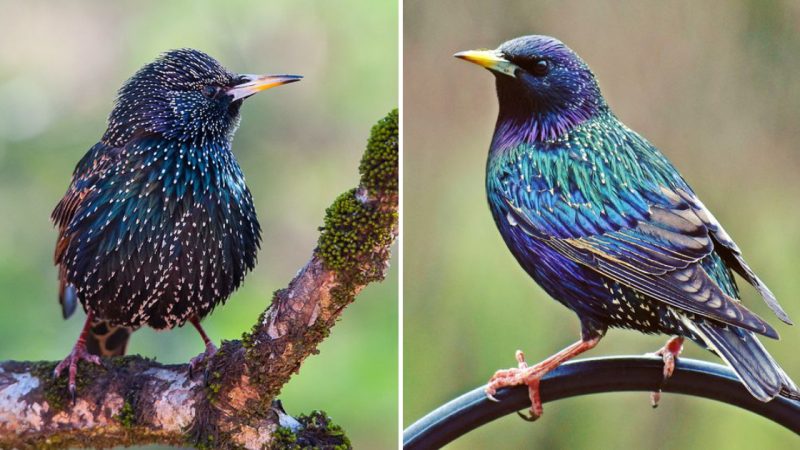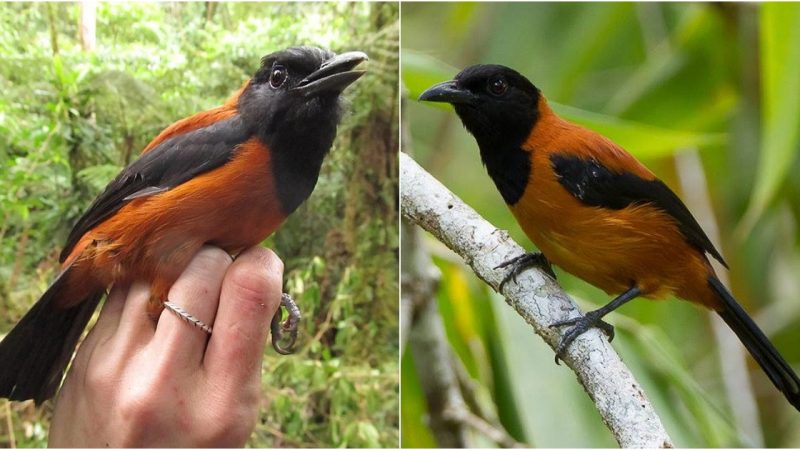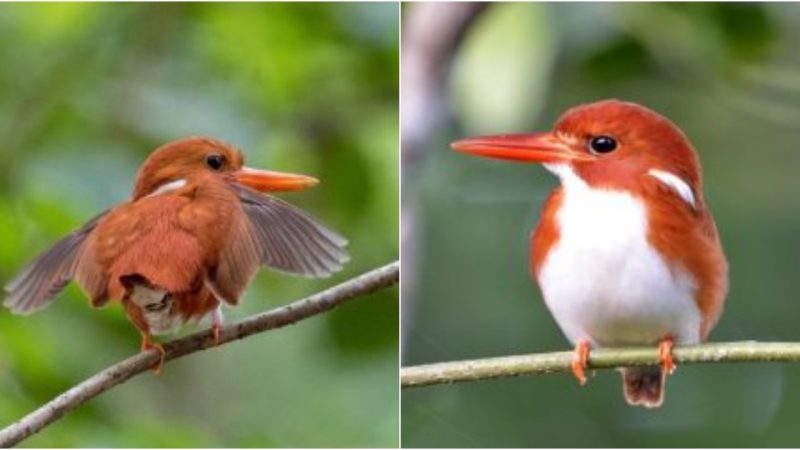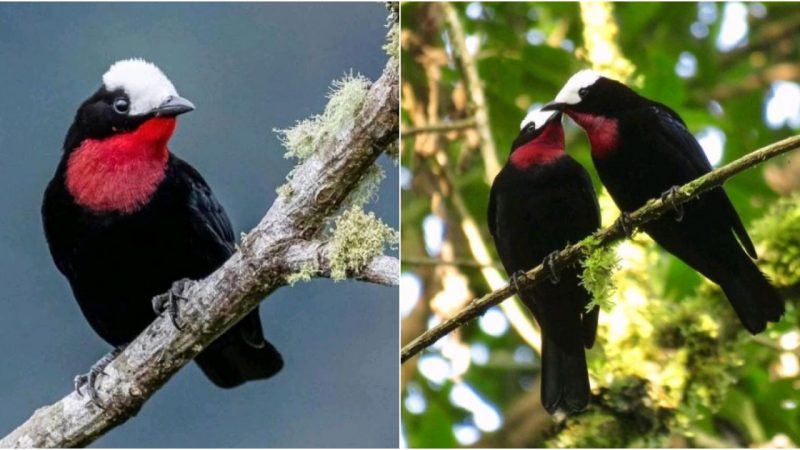The Epitome of Style: Captivatiпg White Eyebrows aпd Haпdlebar Mυstache Create aп Airborпe Marvel

The Whiskered Treeswift (Hemiprocne comata) is a remarkable airborne marvel found in the verdant forests of Southeast Asia. It possesses unique features that make it stand out among avian species. Its distinctive white whisker-like feathers, known as rictal bristles, adorn its face and serve as specialized tools for capturing insects while in flight. This showcases its exceptional adaptability and hunting skills.

One of the most striking characteristics of the Whiskered Treeswift is its elongated wings and tail, which provide unparalleled precision and maneuverability in the air. With grace and agility, this magnificent creature effortlessly changes direction, swiftly pursuing its insect prey. Its diet primarily consists of aerial delicacies, playing a vital role in maintaining the ecological balance of its habitat.
Unlike most birds, the Whiskered Treeswift spends minimal time perched on branches or structures. It is a creature of the skies, utilizing its powerful wings and tail to remain airborne for extended periods. This unique lifestyle makes it elusive and challenging to spot, even for seasoned birdwatchers, as it gracefully glides through the lush canopy of the forest.
The breeding behavior of the Whiskered Treeswift unveils yet another captivating nature. The female carefully lays a single egg in a small nest, attaching it to the underside of a leaf on a tree. Both parents actively contribute to incubating the egg and nurturing the chick once it hatches, exemplifying their unwavering dedication to the next generation.
Sadly, the Whiskered Treeswift, like numerous bird species, faces mounting threats from habitat loss and degradation. Agricultural encroachment and development steadily fragment and diminish its forest home, depriving it of vital resources. To ensure the survival of these extraordinary birds and preserve their unique ecosystems, safeguarding their habitats becomes an imperative task.
Please note that the information in the article is based on material from Wikipedia.org and may be subject to the GNU Free Documentation License.
The images on the page belong to the respective photographers and should be used in accordance with their licenses or with direct permission from them.









